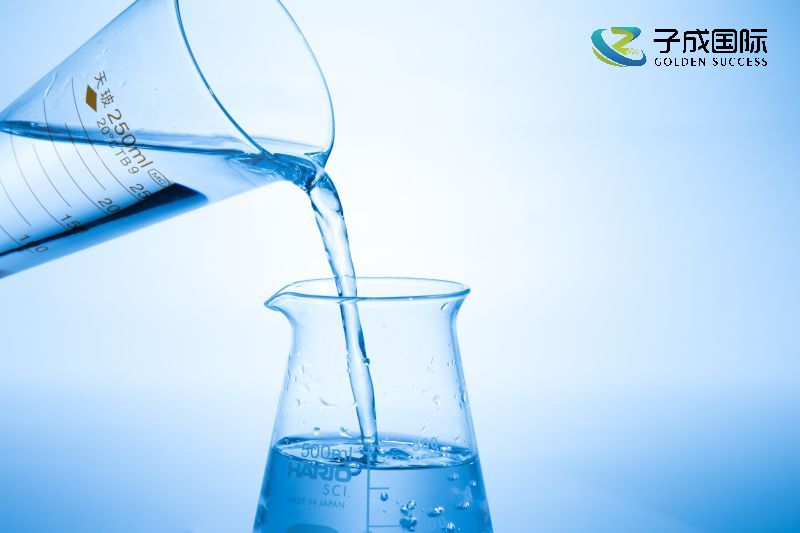Wetting agents, as an important surfactant, are widely used in various fields such as chemical engineering, materials, textiles, agriculture, etc. Its core function is to reduce the interfacial tension between liquid and solid surfaces, promote rapid spreading of liquid on solid surfaces, and achieve wetting effect. This article aims to delve into the fundamental concepts of wetting agents, including their definition, classification, mechanism of action, and their importance in industrial production.

Wetting agents are a type of chemical substance that can significantly reduce the interfacial tension between liquids and solids, allowing liquids to quickly and uniformly spread on solid surfaces. Wetting agents can be divided into four categories based on their chemical structure: anionic, cationic, nonionic, and zwitterionic. Each type of wetting agent is suitable for different application scenarios due to its unique properties.
Wetting agents adsorb onto solid surfaces, forming a molecular film that reduces surface energy and alters the interaction force between liquids and solids, making liquids easier to spread. Wetting agents play a crucial role in industrial production, as they not only affect the processing performance of products, but also directly affect the final quality and effectiveness of their use.
The wetting performance directly affects the quality and production efficiency of the product. Therefore, how to accurately evaluate wetting performance and optimize it has become an important research topic. This article will explore from three aspects: evaluation methods, influencing factors, and optimization strategies.
The evaluation of wetting performance usually includes methods such as contact angle measurement, spreading area testing, and permeation rate analysis. These methods can intuitively reflect the wetting effect of liquids on solid surfaces.
The wetting performance is influenced by various factors, including the type and amount of wetting agent, the properties of the solid surface (such as roughness, chemical composition), environmental temperature and humidity, etc.
Multiple strategies can be adopted to optimize wetting performance based on influencing factors, such as selecting appropriate types and ratios of wetting agents, pre treating solid surfaces to improve their wetting properties, adjusting process parameters to control environmental temperature and humidity, etc.

 English
English
 Chinese
Chinese Vietnamese
Vietnamese
 HOME
HOME
 PRODUCT
PRODUCT
 NEWS
NEWS
 CONTACT
CONTACT


